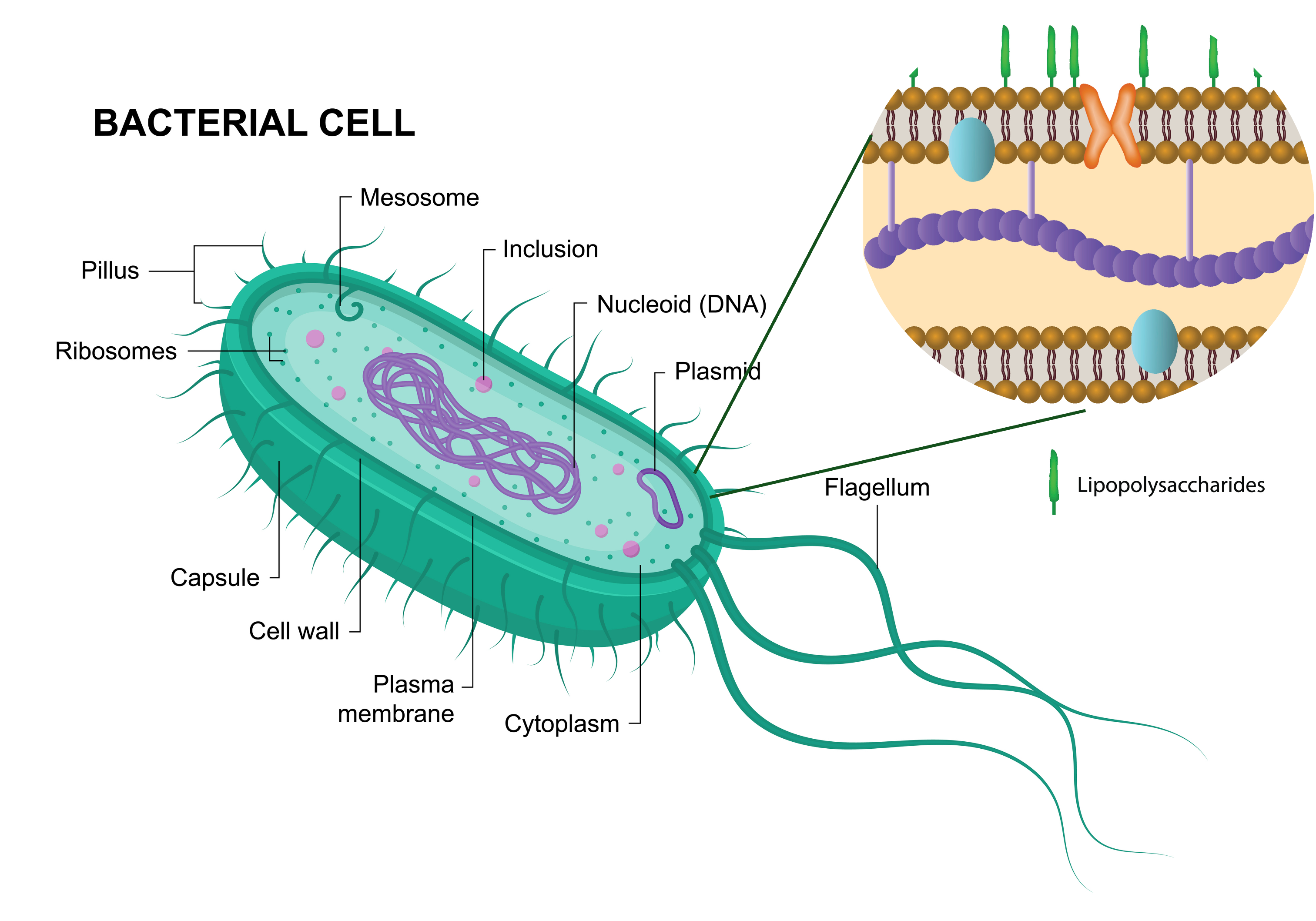Why Humanized Mouse Models Have Become Essential in Infectious Disease Research

In the ongoing struggle against infectious diseases, the demand for translationally relevant preclinical models has never been greater. The advent of humanized mouse models—engineered to carry functional human genes, tissues, or immune systems—has fundamentally transformed the way we investigate pathogen biology and host responses. Today, these models have become essential tools in infectious disease research, enabling scientists to explore the intricate mechanisms of human-pathogen interaction in vivo with a depth and fidelity that traditional models could not offer.
Overcoming Species Barriers
One of the central challenges in infectious disease modeling lies in species specificity. Many human pathogens—such as HIV, HBV, Plasmodium falciparum, or seasonal influenza viruses—either do not replicate efficiently or fail to trigger meaningful immune responses in standard murine hosts. This limits the predictive power of classical mouse models and hampers the development of effective therapeutics and vaccines.
Humanized mouse models, particularly those reconstituted with human immune cells, provide a powerful solution. By enabling functional human immune responses in vivo, they allow pathogens to engage their natural targets and immune modulators—offering a platform that reflects the complexity of human biology more faithfully.
genO-BRGSF-HIS: A Reference Model in Influenza Research
Among the most advanced models available today, the genO-BRGSF-HIS mouse, developed by genOway (Lyon, France), stands out as a high-fidelity platform for studying human-tropic infectious diseases. Developed through the engraftment of CD34+ human hematopoietic stem cells into immunodeficient genO-BRGSF mice (Balb/c Rag2−/− IL2Rγ−/− SirpaNOD Flk2−/−), this model enables the long-term reconstitution of a functional human immune system, including T cells, B cells, monocytes, NK cells, dendritic cells, among others.
In the context of influenza virus infection, genO-BRGSF-HIS mice offer several decisive advantages:
- Authentic viral tropism: Human-adapted influenza strains can infect respiratory tissues without prior adaptation, preserving natural replication dynamics and tissue distribution.
- Human immune activation: Upon infection, the model supports innate and adaptive immune responses—type I interferons, cytokine profiles, CD8+ T cell responses, and B cell-mediated antibody production—resembling human immunopathology.
- Vaccine and therapeutic assessment: genO-BRGSF-HIS mice provide a robust in vivo platform for testing the immunogenicity of universal influenza vaccines, monoclonal antibodies, or small-molecule antivirals targeting human-specific pathways.
- Pathogenesis and immune modulation: This model is particularly well suited to investigating mechanisms of immune dysregulation, such as cytokine storms, or the impact of comorbidities and co-infections on influenza severity.
Broader Applications in Infectious Disease
Beyond influenza, genO-BRGSF-HIS mice are instrumental in modeling:
- Persistent viral infections like HIV and HBV, including studies on latency and immune escape;
- Emerging pathogens such as Zika, dengue, or SARS-CoV-2, which require a human immune context to reveal their true pathogenic potential;
- Immunotherapeutic interventions, including checkpoint inhibitors and engineered T cells.
Collaborative Development of a Dual Mouse Model Strategy for SARS-CoV-2 Infection
In a strategic collaboration, genOway and Vibiosphen have joined forces to develop and refine preclinical mouse models tailored to the study of SARS-CoV-2 infection. This joint effort merges genOway’s cutting-edge expertise in developing innovative preclinical models , especially genetically modified mice, rats and cell lines, with Vibiosphen’s recognized proficiency in anti-infective drug evaluation and translational microbiology.
A central pillar of this partnership lies in the combined use of two complementary models:
- the B6.Cg-Tg(K18-ACE2)2Prlmn/J transgenic mouse, and
- the genO-BRGSF-hACE2-HIS humanized mouse, exhibit a functional human immune system, with human ACE2 receptor expressed on both stroma cells and immune cells, while expressing other co-receptors of SARS-CoV-2 on immune cells.
These models both express human ACE2, the critical viral entry receptor for SARS-CoV-2, enabling efficient viral replication and the onset of infection in vivo. However, the genO-BRGSF-hACE2-HIS model introduces a crucial dimension to disease modeling through its reconstitution of the human immune compartment. Notably, these mice demonstrate distinct clinical outcomes compared to the K18-ACE2 strain such as sustained pulmonary viral loads in the absence of body weight loss, offering a more nuanced understanding of host-pathogen dynamics and immunological modulation.
This divergence in clinical presentation is particularly relevant for therapeutic assessment, as it underscores the influence of immune humanization on disease expression and treatment response. By leveraging both models in parallel, the collaboration aims to capture a broader spectrum of disease phenotypes, enhancing the translational relevance of preclinical findings.
The primary objectives of the program include:
- monitoring clinical sign and survival rates across models,
- quantifying viral burden in pulmonary tissues, and
- characterizing host responses through cytokine profiling and immune phenotyping.
Ultimately, this integrated approach will help refining our understanding of SARS-CoV-2 pathogenesis and the immunological determinants of disease resolution or exacerbation, thereby contributing to the rational development of antiviral strategies and immunotherapies.
Limitations and Future Perspectives
While powerful, humanized models such as genO-BRGSF-HIS do have technical limitations—donor variability, under-representation of certain immune cell population like neutrophils, and incomplete lymphoid architecture. However, advances in stem cell engineering, cytokine knock-ins, and co-engraftment of human tissues (e.g. thymus or liver) are continuously pushing the field toward greater physiological fidelity.
Vibiosphen’s Approach
At Vibiosphen, we embrace innovation in infectious disease modeling. By integrating advanced humanized mouse platforms such as genO-BRGSF-HIS, we support the design, execution, and interpretation of preclinical studies with high translational value. Our team of scientists leverages this model to assess vaccine efficacy, antiviral performance, and immune response profiles with precision and rigor.
Humanized mouse models, and particularly genO-BRGSF-HIS, are redefining what is possible in infectious disease research. As the microbial threats of tomorrow emerge, the need for relevant, ethical, and powerful preclinical models has never been more urgent. Vibiosphen stands at the crossroads of innovation and microbiological expertise, ready to accelerate your next breakthrough.
About genOway
Lyon, France – Founded in 1999, genOway is a biotechnology company specialized in innovative preclinical research models, especially genetically modified mice, rats, and cell lines. genOway is dedicated to closing the gap between preclinical findings and clinical success by delivering ultimate predictability to biopharmaceutical companies, CROs, and academic institutions.
Driven by a mission to provide ultimate predictability, genOway offers:
- A catalogue of ready-to-use rodent and cell line models
- Custom-made rodents and cell lines
- Study design and proof-of-concept experiments
genOway is present in 28 countries worldwide and has breeding facilities in US and Europe.
Lear more about genOway’s preclinical models and solutions at https://www.genoway.com/
Catégories
Pagination
- Page 1
- Page suivante
Archives
- octobre 2025 (1)
- juillet 2025 (1)
- juin 2025 (3)
- mai 2025 (1)
- mars 2025 (1)
- mai 2024 (1)
- avril 2024 (2)
- septembre 2023 (1)
- août 2023 (1)
- mai 2023 (1)
- avril 2023 (2)
- février 2023 (1)
- décembre 2022 (1)
- octobre 2022 (1)
- juin 2022 (1)
- mai 2022 (3)
- avril 2022 (1)
- février 2022 (2)
- janvier 2022 (3)
- décembre 2021 (2)
- novembre 2021 (1)


